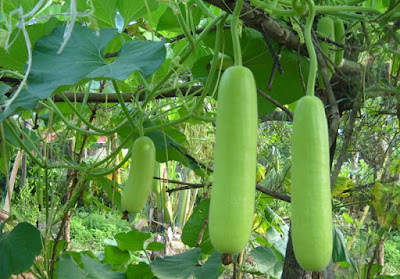Garlic Growing:- Garlic is
one of the popular bulb crops cultivated throughout Asia. Garlic is used as
spice and condiment in many dishes. The compound bulb of garlic consists of
several small cloves. The botanical name of Garlic is "Allium sativum
L.". India is top consumer of garlic spice. Garlic has an excellent
nutritional values and medicinal properties and is a rich source of proteins,
phosphorous, potassium, calcium, magnesium & carbohydrates. It is found
that Ascorbic acid content is very high in green garlic. The cultivation of
garlic is very much successful due its demand in local and international
markets. Garlic growers can expect decent profits with good crop management
skills like knowledge on improved commercial varieties, climatic conditions,
soil and agro-techniques, diseases and pests damaging the crops and their
control measures as well as post-harvest management. To read more about Garlic farming Click here.
Health Benefits of Garlic:- The following are some of the health benefits of Garlic.
·
Garlic prevents from some type of
cancers.
·
Garlic helps in body detoxification.
·
Garlic helps in boosting the immune
system.
·
Garlic has anti-infection
properties.
·
Garlic fights inflammation.
·
Garlic reduces bad cholesterol (LDL)
and is good for heart health.
·
Garlic helps in reducing toothache.
·
Garlic works as mosquitoes
repellent.
·
Garlic relieves cough, sore throat
and nasal congestion.
·




